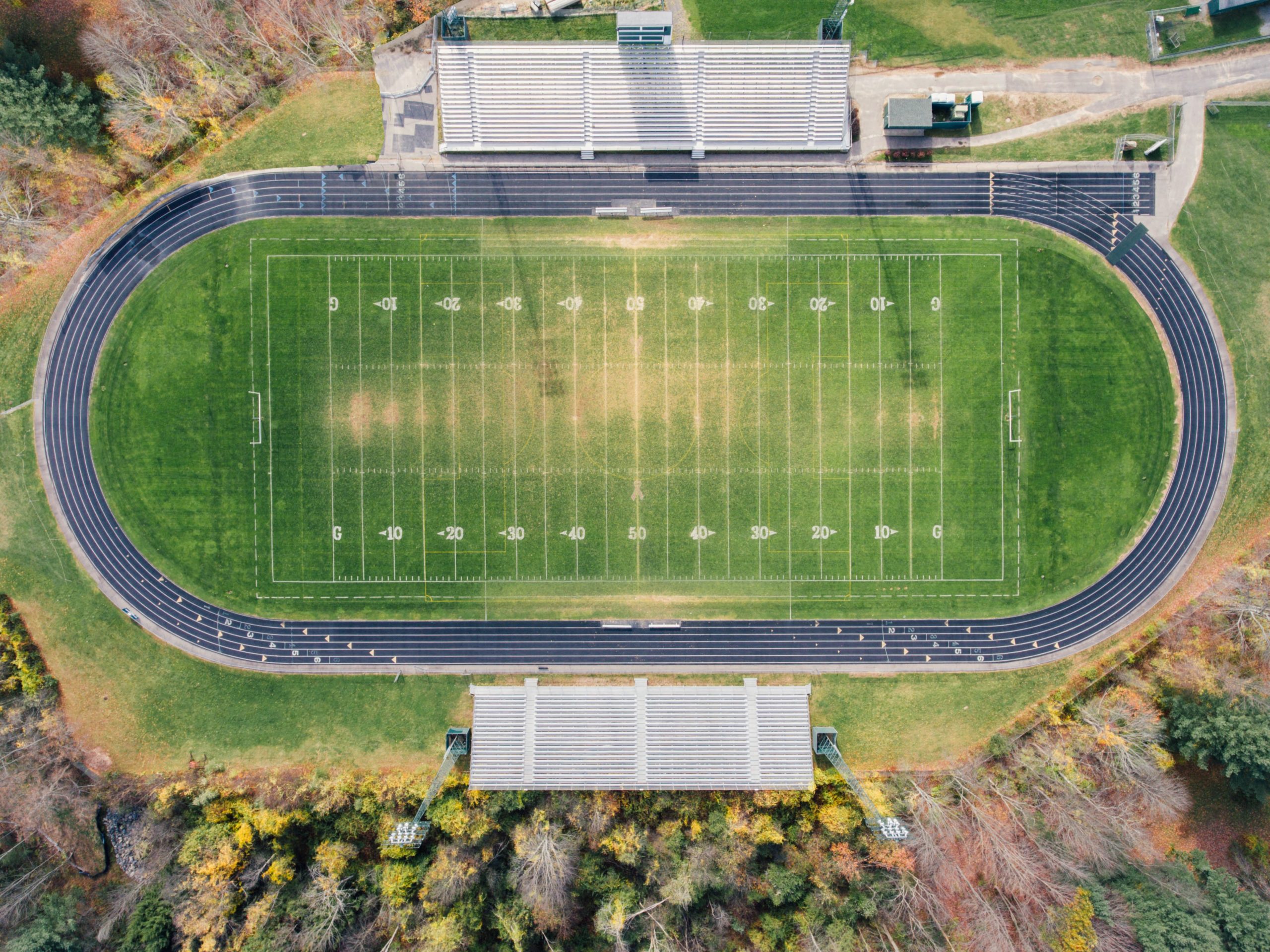
College football made its debut for the 2020 season as the Central Arkansas Bears beat out the Austin Peay Governors last week, 24-17. Despite the game’s sloppy nature, it reminded fans across the country that football may return after all. Several changes, however, will reshape the way the entire college football environment functions.
The Big Ten canceled their season. Every team will see fewer overall games, and fan attendance will see a drastic dip. While most professional sports leagues are playing without fans and implementing some type of restriction-based “bubble,” many colleges are opting to limit fan capacity to as little as 15%.
In August, Georgia Tech announced that they would limit fan capacity to 20%, or just over 11,000 fans per game. The University of Georgia followed along, stating that fan capacity would range from 20 to 25%.
Georgia State also announced several restrictions for fans attending games at Center Parc Stadium in 2020. While social distancing, mask-wearing and “line queuing designed to maintain social distancing” are all included in the school’s guidelines, an exact capacity limit was not disclosed.
Despite the considerable decrease in fan capacity, athletic directors and facility managers across the country will attempt to satisfy season ticket holders and students alike. UGA Deputy Athletic Director Josh Brooks said that the school would be able to manage the restrictions set in place without much distress.
“It was important for us early on to maintain the student section, and their footprint was not affected,” Brooks said. “If you look at some of [the student] sections in the past, like [section] 307 was half students, half [Hartman Fund] donors, and [section] 144 may have had some visitors in there — those are now all students. We want clean sections.”
Brooks may be confident in the school’s ability to manage fans, but it is yet to be seen what ramifications will occur. Social distancing or not, fans gathering to watch a football game at Sanford Stadium in 2020 could be pretty risky.
Furthermore, teams with large fan bases such as UGA and LSU will have to make tough decisions when choosing which of the regular 90,000-plus fans can attend games each Saturday in the fall.
While UGA initially sent lackadaisical health advice to students regarding COVID-19, which was later removed, like most schools, it has done little to describe how fans will truly be safe. The likes of the Universities of Alabama and Arkansas have put an end to tailgating in the near future, but the same restriction has not yet made its way to Athens.
“I know Alabama already came out and said no tailgating, and Arkansas is there as well,” McGarity said. “We’re going to wait and see. We don’t have to make that decision right now.”
Each school that chooses to play football in 2020 will take on large risks in allowing fan attendance, even with the most scrutinous guidelines.
While school officials preach about how each new regulation that is being implemented will protect fans, only time will tell whether college football’s resumption is a total disaster or monumental success.
